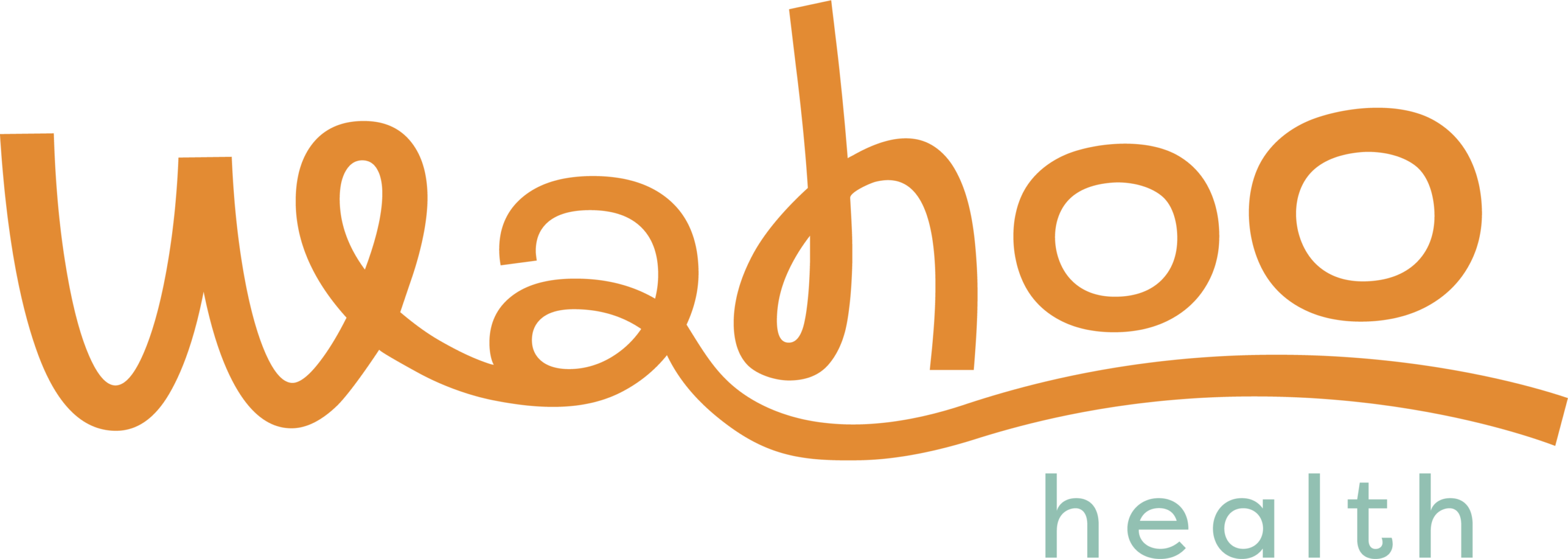
Retirement plans in Michigan are not what they used to be generations ago, and neither is employment in general. Back then, many more people spent their entire careers in one workplace, and you were more likely to have a retirement plan through that employer.
Today, things have changed. Workers must essentially invest in their own retirement plans and make the right decisions to see that investment plan grow. Some of the most common retirement savings options include 403b, 457b, and 401k, although not everyone is eligible for each one.
As a part of our employee benefit services, Michigan Planners can help employers and employees identify the right solutions to meet their needs. In the meantime, however, you may wish to know the basic differences between 403b, 457b, and 401k retirement plans and whether or not you are eligible for them.
What is a 403b plan?
A 403b plan is a supplemental retirement program offered by public schools and certain 501c3 tax-exempt organizations, such as some churches. Employees would contribute some of their salary to the plan, also known as a tax-sheltered annuity plan, and the employer can contribute to the employees’ plans as well.
The benefit is that pre-tax contributions can be made to a 403b plan, and earnings on these amounts are not taxed until money is taken out of the accounts. The maximum a worker may contribute to his or her own plan in 2022 is $20,500.
There may be some exceptions, but generally the following individuals and groups may be eligible to invest in a 403b retirement plan:
- Employees of certain tax-exempt/nonprofit organizations
- Public school system employees, including those employed in state colleges or universities
- Church employees
- Ministers/chaplains (if they are employed by organizations that are not tax-exempt and function as ministers in their day-to-day responsibilities with their employers, as described on the IRS website)
How does the 457b retirement savings option work?
A 457b retirement program can be set up by state or local government organizations or tax-exempt organizations. Employees can have money taken out of their salaries to be added to the plan.
In 2022, the contribution limit to a 457b retirement plan also is $20,500.
What do I need to know about 401k retirement plans?
A 401k is a qualified profit-sharing plan that allows employees to contribute a portion of their wages to their individual accounts. Employers may contribute to their employees’ plans as well. The benefit is that the contributions are not taxed until money is taken out of an account.
The contribution limit is $20,500 in 2022, but any amount that the employer contributes does not count toward that number. The overall contribution limit is $61,000. The most common match is 50 cents on the dollar up to 6 percent of the employee’s pay, and another is an exact match up to 3 percent of the employee’s pay.
The Differences Between 403b, 457b, and 401k Retirement Plans
So, here’s a summary of how these retirement programs work.
There are several similarities.
- In each case, a specified amount of money is taken out of an employee’s pay and added to his or her retirement account.
- An employer may contribute to an employee’s account.
- The money is not taxed until it is taken out of the account.
- An employee’s contribution in 2022 cannot exceed $20,500.
The main difference between 403b, 457b, and 401k plans, therefore, is based on the company and the people who work for it.
- A 401k retirement plan program is offered by for-profit companies for employees.
- A 457b retirement plan is mainly for government employees.
- A 403b retirement plan is for individuals who work in nonprofit organizations.
Most of this information is based on broad generalizations. A variety of factors may impact an organization’s ability to provide a retirement plan option as well as an employee’s ability to contribute.


